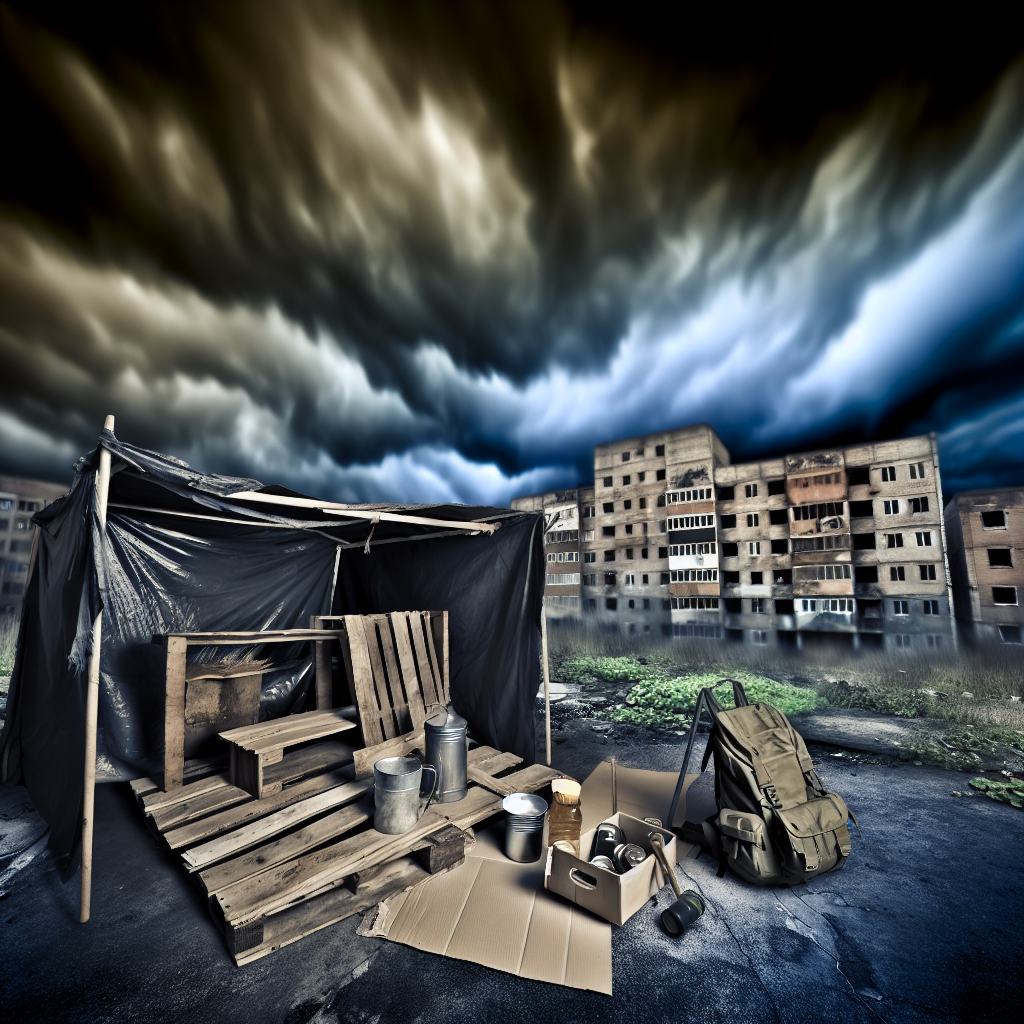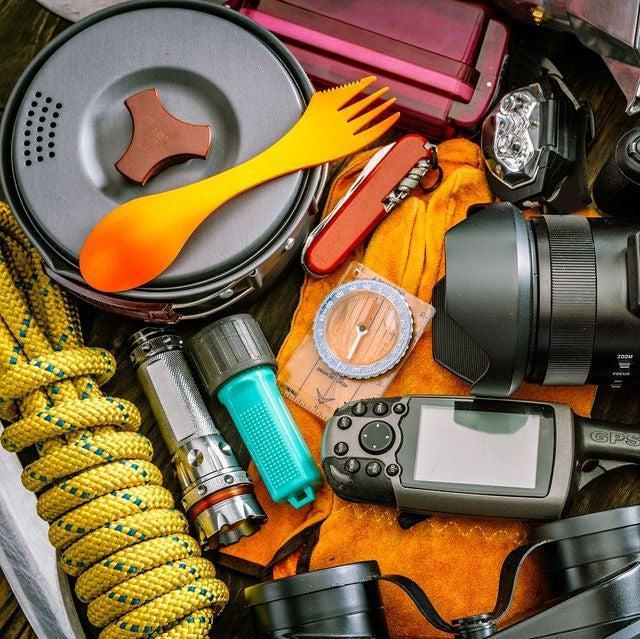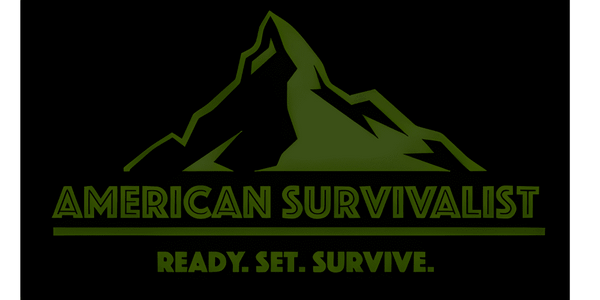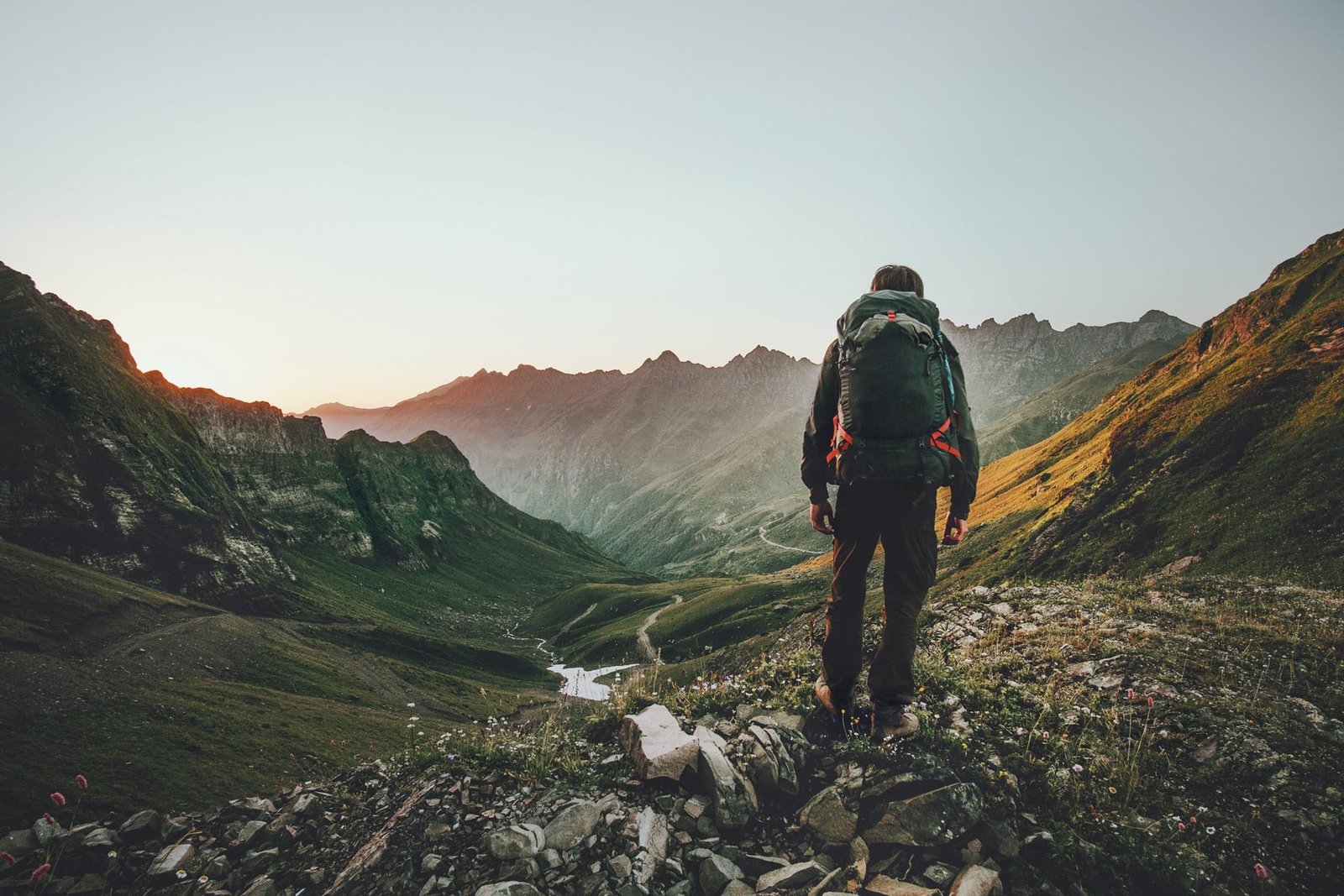
What If You Can’t Bug Out? The Shelter-in-Place War Plan
Share
When the world outside your door erupts into chaos—sirens wailing, smoke suffocating the sky, or worse—you don’t have the luxury of packing up and fleeing. You stay. You defend. You transform your home into an unyielding fortress, a sanctuary against the storm. Sheltering in place isn’t about hiding; it’s about claiming your ground and protecting what matters most. Every moment spent unprepared is a reckless gamble with your family’s safety and your own survival.
The Reality of Staying Put
Picture this: You’re glued to the news as reports of raging wildfires sweep across your town, forcing evacuations. The roads are a chaotic mess, fuel pumps are bone dry, and the only thing left is your home—your final line of defense. This is a reality every summer for families living along the Sierra Nevada foothills or in the pine-choked Cascades, where fast-moving fires can trap entire communities in hours. In a world where danger can strike at any moment, you must be ready to confront it without the option to retreat.
When danger shows up uninvited, it’s time to dig in and claim your territory. From natural disasters to civil unrest, the brutal reality is that sometimes survival means standing your ground. In rural Gulf Coast towns battered by back-to-back hurricanes, or in the remote reaches of interior Alaska where evacuation isn’t even an option, hunkering down becomes the only course of action. But preparation is paramount; it’s not enough to merely hold out. You need a comprehensive plan that leaves no room for error.
Fortifying Your Stronghold: Home Preparation

Think of your home not just as shelter, but as your tactical command center. Every inch of your property should be scrutinized through the eyes of a strategist. Walk the perimeter like a soldier surveying a battlefield. Identify vulnerabilities and reinforce them. If you live in tornado-prone parts of Oklahoma or Kansas, reinforce your safe room with concrete walls and a steel door. Each entry point is a potential breach waiting to happen, and your job is to ensure that intruders think twice before even attempting to cross your threshold.
Essentials for a Home Survival Plan
Start by bolstering your defenses. Reinforce doors with sturdy deadbolts and door braces. Secure windows with plywood or security film—when the critical moment arrives, you’ll want every advantage at your disposal. If you're in an urban area like the outskirts of Chicago or Atlanta, where civil unrest can erupt overnight, these reinforcements become your first line of defense. Make sure that any intruder will have to fight tooth and nail to get through.
Prepare for power outages; they’re not just possible, they’re inevitable in a crisis. In the Northeast during ice storms or in the Southwest where the grid strains under extreme heat, outages can last days. Have backup systems like solar panels, battery banks, or a generator ready to spring into action. And don’t overlook the importance of a safe room—this is your bastion of safety, stocked with essentials for when the chaos reaches your doorstep.
Food & Water: Your Lifeline in Crisis
Government guidelines may suggest three days of supplies, but in the real world, that’s an absolute joke. In a full-scale emergency, it’s not just about scraping by—14 days is your bare minimum, and I personally aim for a month. When the shelves are stripped bare and the logistics chain shatters—as seen during winter storms in the Appalachians or after hurricanes in Louisiana—it’s your pantry that will sustain you.
Strategic Food Storage for Emergencies
Build your stockpile with a focus on high-calorie, shelf-stable foods: canned meats, beans, rice, pasta, and freeze-dried meals. Remember, nutrition matters. If you're in the Rockies or Alaska’s bush communities, where resupply flights are weather-dependent, this prep is non-negotiable. Organize your supplies and rotate them regularly. And never underestimate the power of a simple manual can opener; in a crisis, it can be worth its weight in gold.
Water Purification: Essential for Survival
Water is life. Store at least one gallon per person per day, increasing that amount if you’re in a hotter climate or have children. In the deserts of Arizona or southern New Mexico, where municipal supplies can fail under drought conditions, water storage and purification aren't optional—they're survival. But storage is just the first step—have purification methods at your disposal. Gravity-fed filters, purification tablets, boiling water (if you have fuel), and rainwater harvesting systems can make all the difference. Ensure your containers are food-grade and sealed to avoid contamination.
Security and Self-Defense: Protecting What’s Yours
When society's structures collapse, your home can quickly turn into a target. I’ve witnessed peaceful neighborhoods devolve into chaos in a matter of hours. Just ask anyone who lived through the 2020 riots in Portland or the aftermath of Katrina in New Orleans. Looters don’t knock; they kick down doors and take what isn’t theirs. Being unprepared isn’t just a risk; it’s a death sentence. You need to stand ready to defend your sanctuary.
Train regularly with your firearms and familiarize yourself with your home’s layout. Identify choke points, places of cover, and blind spots that could be exploited. Keep non-lethal options within arm’s reach—pepper spray, batons, even wasp spray. Motion sensors and battery-operated alarms can provide you with those precious seconds when it matters most.
Controlling Air Quality and Contamination
In the event of an airborne threat—be it chemical exposure, biological agents, or smoke from a raging wildfire—you must seal off your living space. This is a vital tactic during California's fire season, where toxic smoke can infiltrate homes hundreds of miles from the blaze. Research shows that properly sealing windows and vents can significantly cut contamination rates.
Your best tools will be plastic sheeting and duct tape. Seal everything tightly to keep harmful particles at bay. Ensure everyone in your household has access to N95 masks or better. If the power stays on, run HEPA air purifiers to maintain breathable air; if it doesn’t, monitor your family’s health closely and rotate masks as necessary.
Communication and Crisis Management: Staying Connected
When the grid goes down, confusion and fear can spread like wildfire. Families can get separated, and panic can quickly set in. After Superstorm Sandy, many on the East Coast experienced days without power or cell service. You need a solid communication plan before chaos spreads.
Document emergency contacts and rally points, and keep this information in waterproof bags. Invest in reliable communication tools—GMRS radios, HAM systems, or walkie-talkies for short-range communication. Text-based apps like Bridgefy can function without cell towers. NOAA radios should be a staple in your emergency kit; they provide critical updates when traditional channels fail.
Many rely heavily on smartphones, but they’re useless without power. Equip yourself with solar chargers and backup batteries; your communication options are only as good as their battery life.
Maintaining Mental Health Under Pressure
Isolation can be more deadly than any external threat. I’ve seen even the strongest individuals buckle under prolonged stress. During Alaska’s long winters, when travel is impossible and contact with the outside world is limited, morale becomes a daily battle. Morale isn’t just a nice-to-have; it’s an absolute necessity for survival.
Establish a daily routine to bring order to your days. Wake up, clean up, eat, train, and rest. Keep your mind active—read survival literature, engage in strategic games, teach your kids vital skills. Reach out; a simple check-in with a neighbor can stave off despair and build camaraderie.
Waste Management and Hygiene in Crisis
When the plumbing fails, the clock starts ticking before disease becomes a real threat. After historic floods in the Midwest's river towns or hurricanes in the Florida Panhandle, sanitation systems can be down for weeks. Hygiene is not a luxury; it’s essential for survival.
Have a waste disposal plan ready: heavy-duty bags, bleach, and a designated area outside your main living space. Consider a portable toilet or a DIY bucket system with appropriate liners. Control odor and bacteria with lime, sawdust, or kitty litter. Stockpile hygiene essentials—hand sanitizers, baby wipes, and disinfecting wipes are crucial when running water is a distant memory.
Training and Drills: Preparing for the Unexpected
No plan is effective without practice. My family conducts monthly drills to prepare for various scenarios. It’s not paranoia; it’s essential pragmatism. Whether you're in a wildfire-prone community in northern Arizona or a hurricane belt town near the Texas coast, when the true test comes, you’ll want muscle memory—not panic.
Simulate different threats: a home invasion, a chemical spill, power outages, or fire emergencies. Time your responses, pinpoint vulnerabilities, and debrief afterward to refine your approach. Each drill sharpens your skills and reduces the likelihood of fatal errors when it matters most.
Building Community: The Power of Local Resources

No one can survive alone. Even the most seasoned survivalist benefits from a supportive community. Know your local terrain. Who lives nearby? Who is prepared, and who might pose a risk? In the hills of Appalachia or the high plains of Montana, neighbors often become the most reliable allies in a long-term crisis.
Map out alternate routes, potential gathering points, and local resources. Foster relationships with neighbors who share the same mindset—having reliable allies can be invaluable when the situation escalates. Collaborate on defense plans, share supplies, and create a network that can bolster each member's chances of survival in a crisis.
Bottom line: If you can’t bug out, it’s time to dig in and fortify your position. Every piece of gear, every battle plan, every drill could mean the difference between survival and becoming a cautionary tale. Don’t leave your safety to chance—start fortifying now.
Don’t wait for the sirens to sound. Build your shelter-in-place war plan today; your family's survival depends on it.


